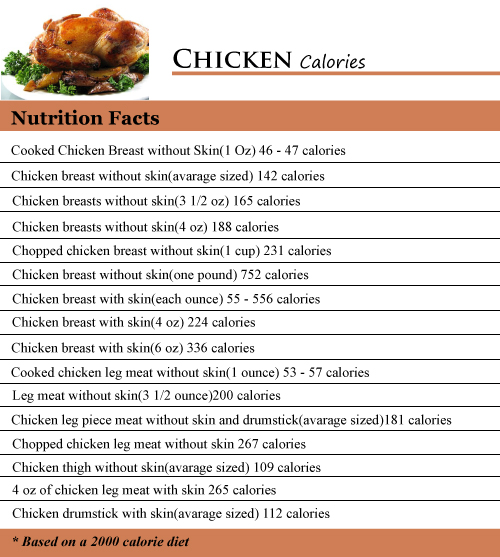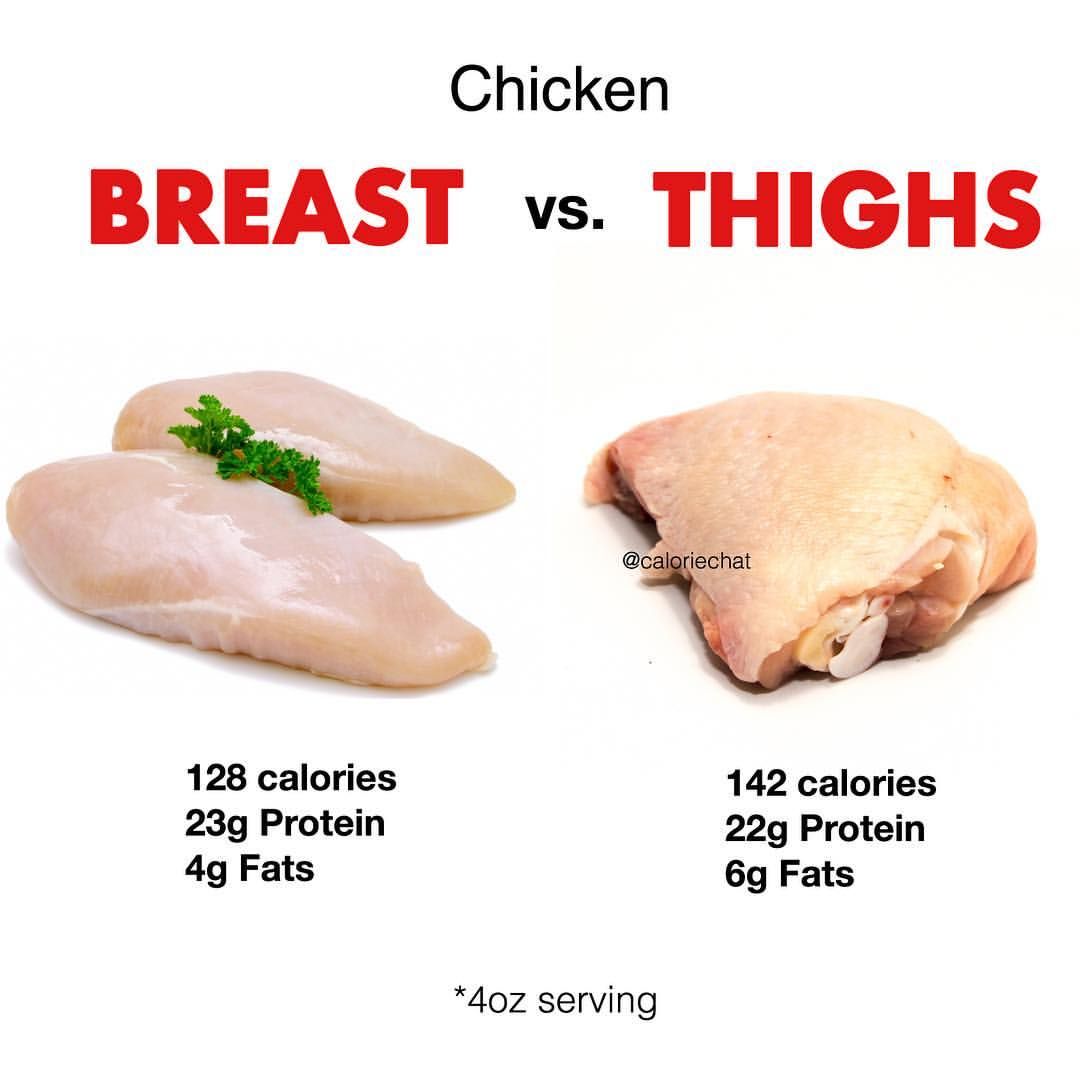

Selective breeding of chickens over time has increased the size of chicken breasts, particularly the amount of meat on the breast. One chicken breast equals one portion, right?Īh, if only it were that easy. The Right Portion Size of Grilled Chicken Lvova also mentions that how you cook the chicken, and what else you include on your plate, might be more important than whether you choose white or dark meat. (Here are other top food sources of iron.) “If someone is anemic, I counsel them to concentrate on dark meat, which is higher in iron,” says Lvova. Yes, choosing chicken breast over thigh will save you almost 5 grams of fat, but dark meat has its perks. 3 ounces of grilled chicken thigh (dark meat) has 120 calories and 6.75 grams of fat.3 ounces of grilled chicken breast (white meat) has 110 calories and 2 grams of fat.While it’s common knowledge that white meat is leaner than dark meat, that doesn’t mean white meat is “better” for you. When grilled chicken is on the menu, the chef is usually using skinless chicken breast-the white meat.
#CHICKEN CALORIES SKIN#
The fat in the chicken skin may have other perks as well: “In an organic, pastured chicken, the skin is high in fat, but fat is a necessary component of our diet for proper absorption of micronutrients such as vitamins A, D, E, and K,” says Yaffi Lvova, RDN, owner of Baby Bloom Nutrition. “This may help us prolong the time our next meal or snack is needed.” “Fat takes longer to digest, which increases satiety,” says Wilson. The thigh with skin also contains 20 grams of fat, versus 17 grams in the skinless thigh.īut although the skin adds fat and calories, Wilson says that’s not necessarily a bad thing. Here’s an example: One chicken thigh *with* the skin is 318 calories, but a thigh *without* the skin is 269 calories. Whether your grilled chicken comes with skin or not will also affect the calorie counts. “These carcinogens can cause changes in DNA that can lead to cancer.” While grilled chicken breast is usually better for you than fried chicken, it does come with an asterisk: “Grilling meat at high temperatures causes chemicals called HCAs (heterocyclic amines) and PAHs (polycyclic aromatic hydrocarbons) to form,” says Priya Khorana, EdD, doctor of nutrition education at Columbia University.

All those tweaks make a big difference when it comes to the nutrition on your plate. They can use white or dark meat, and they can use the skin or go skinless. “It’s also an excellent, versatile addition to salads, sandwiches, and sides, but can also take the lead as the main feature.”Ĭhefs can prepare chicken in a variety of ways: rotisserie, grilled, stewed, boiled, roasted, and fried. “Chicken is an affordable option when it comes to adding animal protein to the diet,” says Stephanie Wilson, RDN, CD, certified diabetes educator, and owner of Blushing Wellness Co. “Grilled chicken sandwich” might look dull on the menu, but grilling adds great flavor-no frying or “smothering” in cheese necessary.
#CHICKEN CALORIES FREE#
Unlike fried chicken, it’s free of thick breading and low in oil. Just when you’re about to give up, order the alfredo, and repent for it tomorrow, you spot it: grilled chicken.Īt this point, surrendering to grilled chicken may feel like a diet cliche, but it’s the gold standard of healthy eating for a reason. Words like “fried” and “smothered” appear on every other item, and it seems like bacon is suddenly sprinkled atop everything. Sifting through menu options at a new restaurant can be tricky if you’ve vowed to eat healthier.


 0 kommentar(er)
0 kommentar(er)
